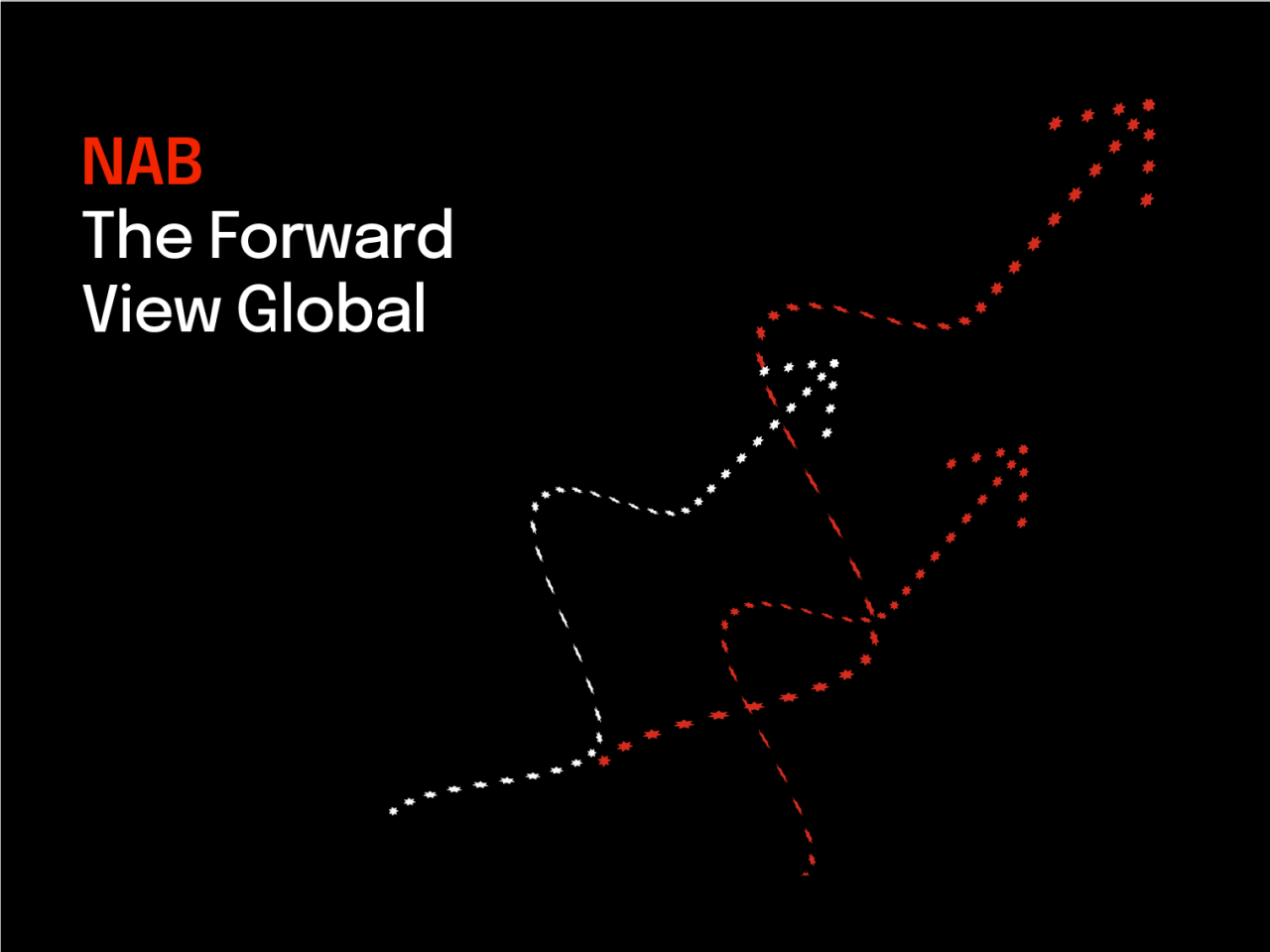17 September 2025
Goldilocks Glow
June 7, 2025
The June NAB Business Survey suggests that business conditions are stabilising, if not starting to turn around after a disappointing start to the year. The recent rise in capacity utilisation suggests that demand/supply imbalances remain an issue, and cost growth still remains elevated, but price growth has eased suggesting ongoing profitability pressures.
Business conditions spiked higher in June to 9 index points. Data can be volatile month-to-month, but historically monthly gains of this magnitude have typically only partially reversed the next month. The June gain was enough to pull the trend higher - the first increase this year - but it remains below average. Business confidence rose for the third consecutive month in June to, in trend terms, its highest level in over a year. The improvement in forward orders evident since mid-last year continued into June and it is now only a little below its long-run average. Capacity utilisation rose for the second consecutive month and is again clearly above its long-run average. Cost indicators signalled little underlying change: labour cost growth nudged down and, while purchase cost growth increased, it remained within its recent range. Final product price growth (0.6%) was a bit higher, but this only partially reversed recent improvement and retail price growth eased.
Business confidence rose 3pts in June to be at its highest level, in trend terms, in over a year. Confidence is weakest in retail and wholesale (in trend terms) and now strongest in construction.
“After a volatile but soft year for business confidence, we have seen a trend improvement over the past three months,” said NAB Head of Australian Economics Gareth Spence. “It is now around its long-run average of 5 index points”
Business conditions spiked in June after trending lower through the first five months of the year. By subcomponent, trading conditions (up 10pts) and profitability (up 8pts) saw large increases in the month, while the employment index (up 3pts) also rose.
“Business conditions increased sharply in the month driven by notable improvements in trading conditions and profitability, and while we wouldn’t overplay monthly moves, the uptick in trend conditions is welcome given the softening trend through early 2025.The rebound in profitability is encouraging, particularly if sustained as there was a risk that ongoing weakness in profitability would eventually flow through to weaker hiring and employment conditions.”
“By industry, the rise in conditions were broadly based. After notable falls in May, manufacturing and retail saw the largest gains. Overall, in a trend sense, conditions remain highest in the services industries – including finance, business & property and recreation & personal.”
Capacity utilisation rose to 83.3%, while capex rose further to +10 index points. Forward orders also continued their improvement over the past three months but remain just below the long run average of + 1 index point.
Price indicators were somewhat mixed. On the inputs side, labour costs growth edged down to 1.5% in quarterly equivalent terms, while purchase costs growth rose to (1.5%). Final product price growth nudged up to 0.6%, though retail price growth slowed to 0.6% (from 1%).
“Overall, the survey is encouraging that sluggish momentum in early 2025 will improve into the second half, with a notable increase in conditions in the month. An improvement in confidence is also welcome given the raft of negative headlines globally over recent months. While there were large moves in the month, and we know that the monthly survey can be volatile, the hope is at least some of these trends will be sustained over coming months.”


INSIGHT
18 September 2025
The Fed restarts the easing cycle